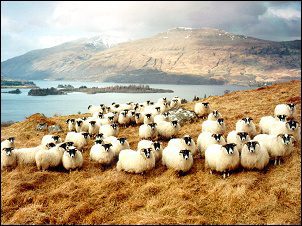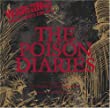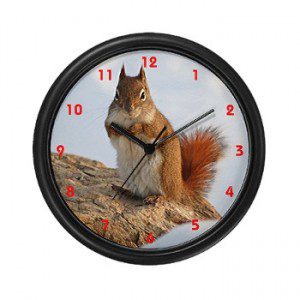Research Journal
-
May 1, 2009
The poison garden
Tags:“Grow your own mandrake and get 2 for 1 entry to The Alnwick Garden.”
Now that‘s a tempting draw.
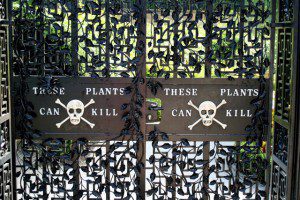
- Gates of The Poison Garden at Alnwick
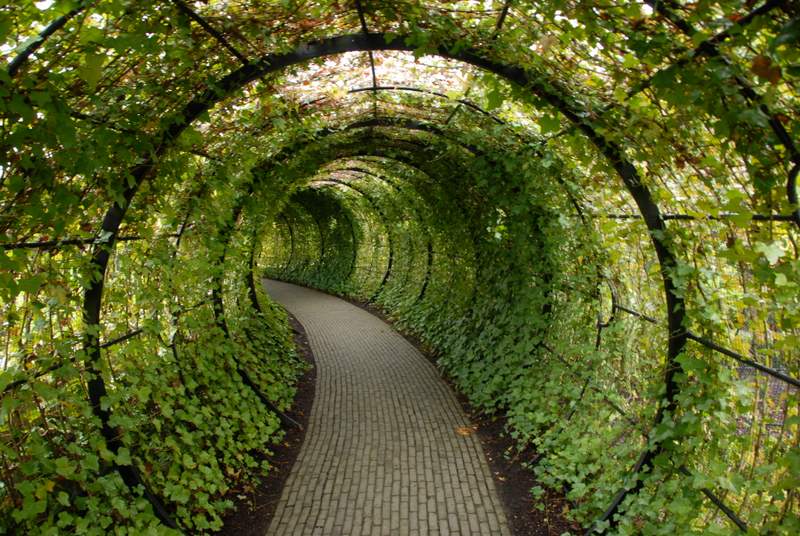
- Tunnel of Ivy En Route to the Poison Garden
The Duchess of Northumberland was granted permission to grow all sorts of toxic, noxious, illicit and delightful magickal plants, including cannabis, magic mushrooms and opium poppies in her garden at Alnwick Castle.
This excerpt comes from the San Francisco Chronicle, October 2005:
Open since February 2005, the Poison Garden is but the latest head twirler in the Duchess of Northumberland’s garden….
“I wanted to create a garden that was beautiful yet pleasurable, educational yet not stuffy,” the duchess said. “A place where families would want to come and spend the day.”
“The Poison Garden is a place of excitement and intrigue,” said the duchess, “especially for children. More seriously, it is a place for visitors to learn about the dangerous side of plants. Drugs are a major concern across the country and an emotive issue. Here we offer a new avenue to get people talking about the misuse of drugs — most of which grow in nature.” Cannabis, opium poppies, magic mushrooms and coca are among the garden’s plantings that required special government permission to grow.
Oddities learned along the way: Wild clematis, old man’s beard, was once part of the equipment of professional beggars, who rubbed its sap into scratches to make temporary but satisfactorily weeping ulcers. Monk’s pepper alters the hormonal balance in both sexes. Laburnum, a beautiful and popular shrub, causes convulsions, vomiting and frothing at the mouth when nibbled. Nibblers of strychnine, innocuously known as Quaker’s button, can end up with its dramatic final symptom — a posthumous fixed grin. Henbane in the right dosage will take someone to the doors of death, but not through them. “You will look convincingly dead,” said Holmes, adding reassuringly, “but should recover.”
…and she looks so nice, and wholesome!

- The Duchess of Northumberland, who funded and designed the Poison Garden
The Duchess has written a companion book, “The Poison Diaries;” it’s a cross between a pastiche almanac and a moral tale:
-
May 1, 2009
When Reds were dead
I’m not sorry that the squirrel-human gyre keeps widening.
There was apparently a time, not long ago, that the Squirrel Clubs of the Scottish Highlands had their sites on the Reds.
This week the BBC published in a historical report, ‘Send Me Tails of Red Squirrels’ that
…from 1903, there was an active effort on estates across the Highlands to trap, shoot and kill reds.
By 1946, the Highland Squirrel Club had killed 102,900 squirrels and paid out £1,504 in bounties.
Tails were submitted as proof of kills.
There are several ironies in the story of the club, which was formed in 1903.
Reds were extinct, or on the brink of extinction, in the Highlands by the 1800s because of a loss of woodland habitat.
In 1844, Lady Lovat of Beaufort Estate near Beauly, succeeded in getting the government to re-introduce the squirrels to the Highlands.
Ian Collier, of the Highland Red Squirrel Group – a modern day organisation set up to protect reds – believed the creatures were seen by some owners of “big houses” as a “fashion accessory” to add to their landscaped gardens.
Mr Collier said: “What is ironic is that many of the red squirrels were re-introduced from England, now among the worst-hit areas for squirrel pox, which kills reds.
“Other reds were introduced from populations in Sweden.”
-
April 30, 2009
Tufty the Squirrel saved children from becoming roadkill.
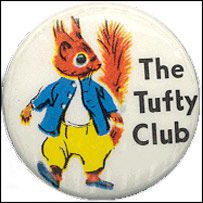 Friend Richard O’Flynn (whom I will ask for a close reading) alerted me to the 1973 UK Public Information Films of Tufty the Red Squirrel. BBC News published a tribute to Tufty in 2006:
Friend Richard O’Flynn (whom I will ask for a close reading) alerted me to the 1973 UK Public Information Films of Tufty the Red Squirrel. BBC News published a tribute to Tufty in 2006:Tufty is a colossus of public information. Though just a small squirrel, he was a phenomenon who bestrode childhoods from the early 1960s onwards. Through very simple films, books and stories, Tufty persuaded pre-school children that the road could be a dangerous place. This was done through the medium of burst footballs and dropped ice-creams, rather than something which young eyes might find too upsetting, such as squashed squirrels.
The comments at the end of the article include some melancholic reminiscences of childhood, related to Tufty’s vivid lessons –
I was traumatized by a Tufty experience as a child when I lived in Cheshire. I SO wanted to join the Tufty Club and after many attempts I persuaded my Mum to take me to enrol. I was devastated to learn that I was too old (aged 8). I have never fully recovered from this disappointment
Claire, Fort Wayne, Indiana, USHere’s the clip called “Ice Cream”:
Best of Tufty can be seen here;
and here, of course, is Tufty with suggestive overdubs.
Sadly, these are some of the new Tufty products put out by the RoSPA (The Royal Society for the Prevention of Accidents) … for all your safety needs:

A set of colourful Tufty character masks, with simple instructions and teaching notes. Children can pretend to be their favourite character – Tufty, Willy, Becky, Minnie, Mrs Owl or Policeman Badger.
-
April 29, 2009
The art of war – or wrestling – as a means of sussing out your neighbor
Tags:This is from a wondrous article in the NY Times today on ant research (thanks, NN). The mysteries unfold:
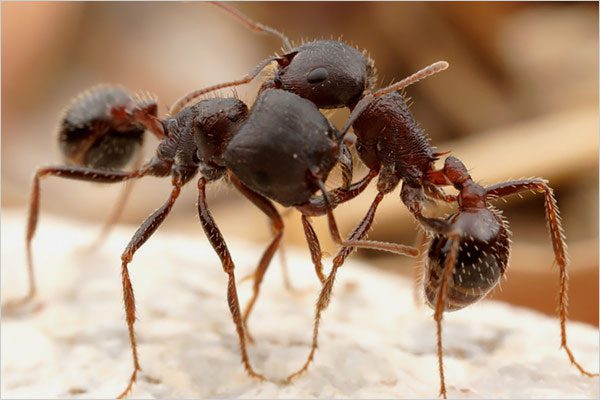
Two harvester ants (Pogonomyrmex rugosus) from adjacent nests engaging in ritual warfare, pushing in a display of force but not actually harming each other. It is thought that colonies use these mock battles to gather information about their neighbors. Knowledge about the strength of competing colonies helps ants set territorial borders without loss of life.
-
April 23, 2009
Street Level Propaganda
Tags:I was taken by this image from the NY Times today:

Election posters in Tripoli, Lebanon. And am thinking about Mitch Said‘s ITP thesis project that can imaginatively transform the streets.
And also Jeremy Rotzstain’s Cutevertisements:
-
April 21, 2009
Philip Henry Gosse, Hyena
Apropos nothing except looking in depth at Victorian naturalists, I found this passage by Gosse from a digitized Google Book copy of “The Romance of Natural History” (1863)
Gosse’s use of the “you” seems more choose-your-own-adventure than Victorian nature narratives. He declares in the preface that he’s taken an aesthetic approach, and while he denies poet genius, he feels the compulsion of poetry. What would we do without the weather?
HYENA.
Or would you see the hyena, where he feels most at home, surrounded by scenes and circumstances most congenial to his habits? Then plod your weary way still further across the sands, and pause not till you encamp amid the gorgeous remains of that ancient City of the Wilderness,
” Whose temples, palaces,—a wondrous dream,
That passes not away,—for many a league
Illumine yet the desert.”There sit down alone amid the ruined fanes lighted up by the setting sun, and watch the approach of night, just at the breaking up of the long dry season. Everywhere around are the remains of the glorious city; walls, and gateways, and columns of polished granite of rosy hue, or of marble that gleams like snow in the bright moonlight; many standing in their desolateness, but many more prostrate and half-buried in the drifted sand. Some of the pillars are but dimly seen in the gloomy shadow of the lofty walls, others stand out boldly and brightly in the soft moonbeams, while here and there a brilliant gleam slants down through the windows of a ruined edifice, and illumines the deep and delicate sculpture of a fallen capital, or spreads over a heap of disjointed stones. Under yon dark and gloomy portal the eye wanders over distant funereal towers crowning the eminences, the noble gateway of the grand avenue, and lines of columns gradually lost in the distance.
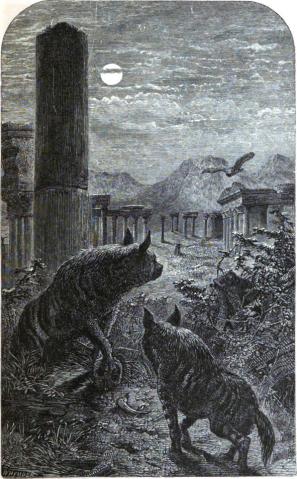
But while you gaze, there is a change. The breeze, which had lifted the sand in playful eddies, drops to perfect calmness. Black clouds are collecting over the mountain range that forms the distant horizon. The moon is obscured, and the whole heaven becomes black with tempest. A hurricane suddenly sweeps through the ruined palaces, and fills the whole air with a dense fog of blinding sand. Then a flash of forked lightning shoots between the columns, illuminating them for an instant, and is instantaneously followed by a bursting crash of thunder, which makes the tottering fanes tremble, and huge drops of warm rain, like blood-drops, are spattering the stones. The rain now comes down in one universal deluge, flooding the floors, and pouring off from the old marble platforms in cataracts. Flash follows flash in one continuous blaze of blinding light, bringing out the grim marble towers and pillars against the black clouds of midnight with an awfully sublime distinctness; and crash after crash, and peal after peal of thunder are blending into one uninterrupted roll.
But amidst the deep roar rises from the gaunt heaps of stone an unearthly sound, like the laugh of a demon. Again, the cackling mirth echoes along the ruined halls, as if exulting in the wild war of the elements, and in the desolation around. Lo! from out of yon low arch, in the Place of Tombs, gleam two fiery eyes, and forth stalks into the lightning the fell hyena. With bristling mane and grinning teeth, the obscene monster glares at you, and warns you to secure a timely retreat. Another appears, bearing in its jaws a loathsome human skull, which it has found in the caravan track. You shudder as you hear the bones crack and grind between the powerful teeth, and gladly shrink away from the repulsive vicinity.
-
April 20, 2009
Naturalist Craze in Britain
Excerpt from
Nature and Nation: Britain and America in the 19th Century
David Lowenthal
History Today; Dec 2003
.jpg/250px-Philip_Henry_Gosse_-_British_Sea-Anemone_and_Corals_(Plate_V).jpg)
Philip Henry Gosse, British Sea Anemone and Corals, 1860 -
April 20, 2009
Squirrel and Hazelnut paté
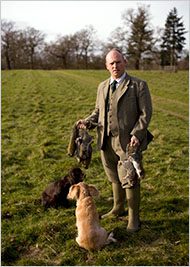
Food Source and Patriotic Duty. Photo from the New York Times. A few morsels from the New York Times’ January 2009 article on “Saving a Squirrel by Eating One” article. If you are so enchanted as to sample the cute critters, the last excerpt certainly puts a dent in the argument for delighting in consumption:
Enter the “Save Our Squirrels” campaign begun in 2006 to rescue Britain’s red squirrels by piquing the nation’s appetite for their marauding North American cousins. With a rallying motto of “Save a red, eat a gray!” the campaign created a market for culled squirrel meat.
British bon vivants suddenly couldn’t get enough squirrel. Television chefs were preparing it, cookbooks were extolling it, farmers’ markets were selling out of it and restaurants in many places were offering it on the menu.
Nichola Fletcher, a food writer and co-owner of a venison farm, held a squirrel tasting for Britain’s Guild of Food Writers, finding “their lovely flavor tasted of the nuts they nibbled.” At a later event, however, she found the flavor disappointing, with “a greasy texture and unpleasant taste,” presumably reflecting these squirrels’ diet.
Fergus Henderson…who cooks with both poetry and passion, sometimes prepares his squirrels “to recreate the bosky woods they come from,” braising them with bacon, “pig’s trotter, porcini and whole peeled shallots to recreate the forest floor.” He serves it with wilted watercress “to evoke the treetops.”
Other chefs may be less lyrical, but they are no less enthusiastic. The Famous Wild Boar Hotel in Britain’s Lake District serves squirrel Peking-duck style; at Matfen Hall, a grand country house hotel, it is layered with hazelnuts into a terrine; in Cornwall, it can be found baked into the iconic meat pie known as a pasty.
If you want to grab your shotgun, make sure you have very good aim — squirrels must be shot in the head; a body shot renders them impossible to skin or eat. (You want to get rid of the head in any event, as squirrel brains have been linked to variant Creutzfeldt-Jakob disease, the human form of mad cow disease.)
Not such new news, though. This article from the Telegraph in June 2005:
A restaurant selling squirrel terrine has been forced to withdraw it after death threats from animal rights activists.Protesters threatened to firebomb the Hadley Bowling Green Inn in Droitwich, Worcs, and to smash up the staff’s cars over the £7.95 paté starter.
A female housekeeper was told: “I’m glad I don’t work here because I wouldn’t want to die in the fire.”
After the dish was featured on local television the restaurant received about 25 threatening telephone calls and a string of malicious e-mails.
Its spokesman, Barney Reynolds, said: “The last thing we would want to do is to pander to this sort of intimidation.
“But the fact is that some of the staff were coming into work fearing for their lives.”
He added: “We’ve never had to take something off the menu before because of threats from protesters. I don’t know why squirrel meat is so controversial.
“In the past we’ve sold meat from fluffy little lambs and it’s not been a problem.”
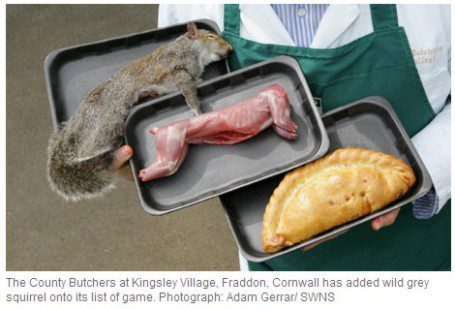
-
April 20, 2009
Reds vs Grays (1-13)
Squirrels.
Imagine them:
Red feather headdresses
versus gray flannel suits
of the Wall Street reivers.
Landgrabbing American Grays – purveyors of squirrel
pox pockets – turn little Reds into sludge.BRITAIN’S FAVORED NATIVES SACKED BY IMMIGRANTS, say headlines;
diseases carrying foreigners, or foreigners carrying disease – either way.
Like Mayflower, like Ailanthus, they come with fanfare, as
idealists or ornamentals; these nature-shifter parasites enthuse wildly. And they
don’t share. Great Northumbrian verminators in camouflage are on a killing spree,
mandating: Do your part, Britain! Gray squirrel loin is hardly greasy or unpleasant… -
April 16, 2009
Northumberland BlackFace Sheep
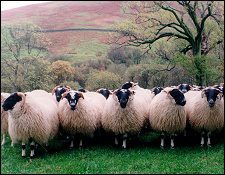
“Blackface lamb is naturally reared, symbolising the purity and goodness of the land and has a reputation for its unrivalled sweet flavour and tenderness. Available from September onwards, it is without doubt ‘ naturally good ‘.”
